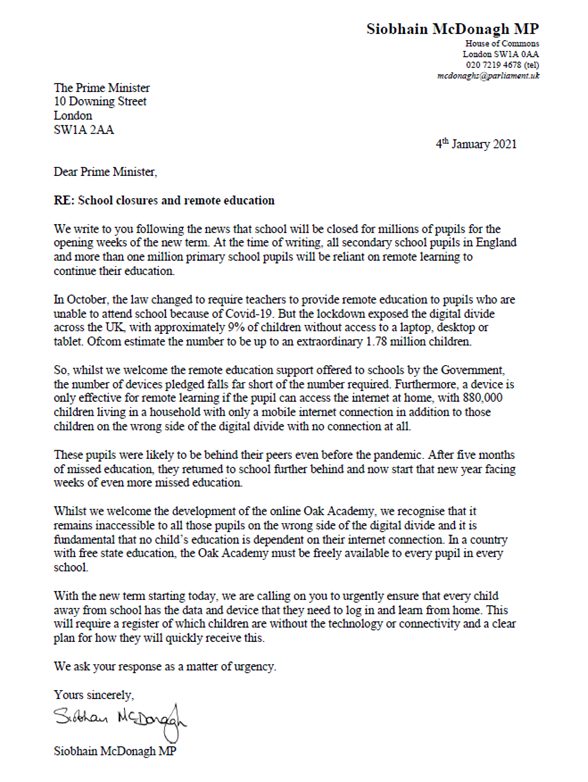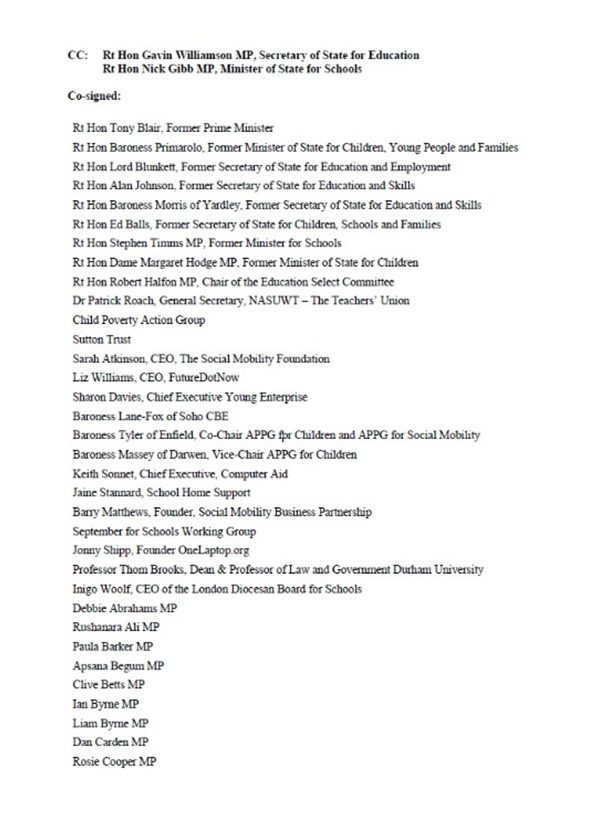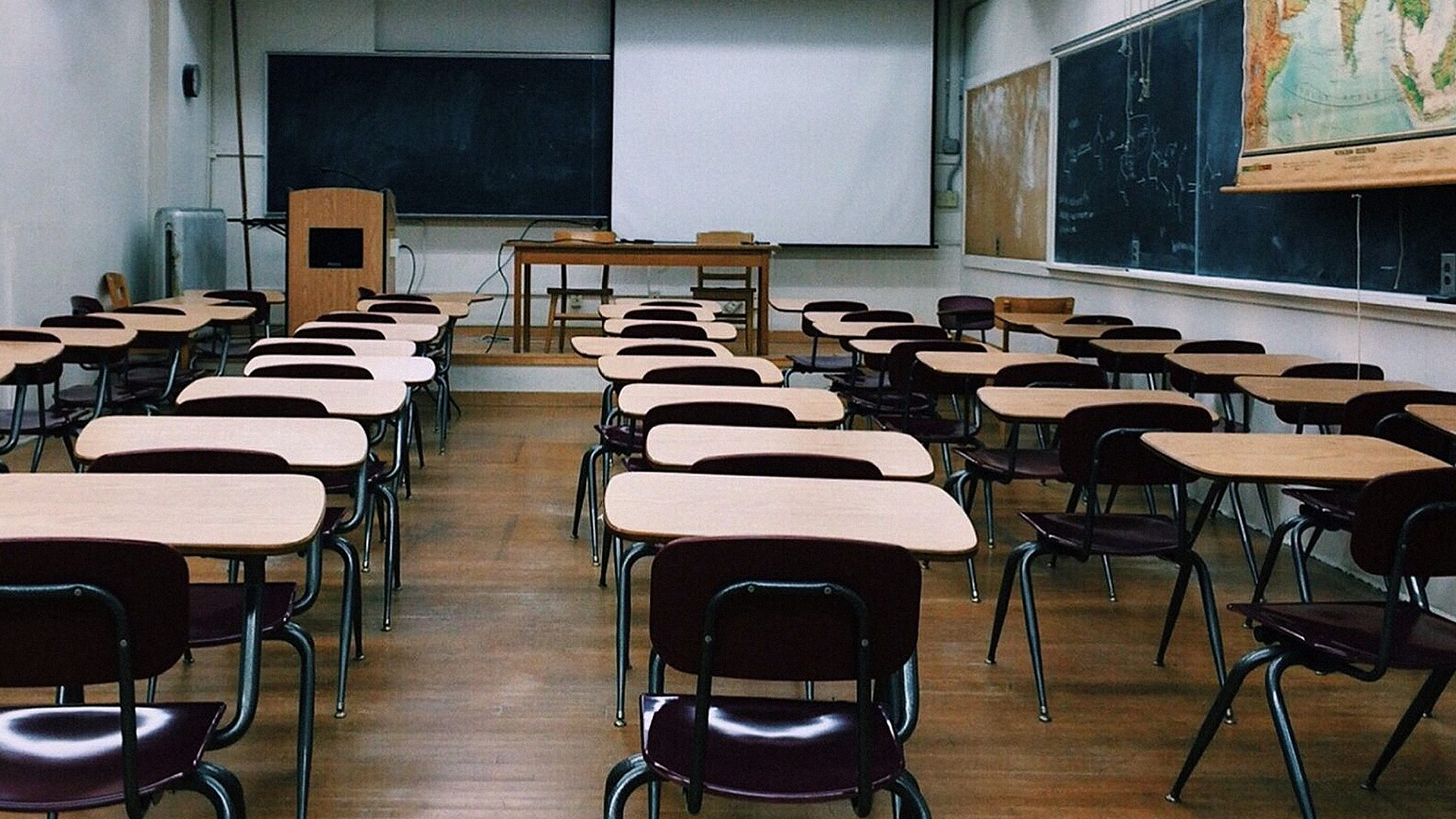Programmes were implemented in many different regions and Zoom became a learning tool. For children in the UK a group of university graduates gave up three days to teach everything from algebra to Shakespeare to photosynthesis.
Some children received free laptops from their local council to be able to participate in the online learning space. If you’ve any spare old computers lying about, you can still go online and donate technology you no longer need or apply for your child to receive a digital device for remote learning.
Despite this effort, however, there are still an estimated 1.78million children with no access to the internet or computers in Britain.
Lockdown exposed what was termed the digital divide, stating that approximately 9% of UK children do not have access to a laptop, desktop, or tablet and that a further 880,000 have no mobile internet connection in their home.
A letter was jointly signed by cross-party current MPs, former education ministers, and charity leaders calling for more to be done to address this ‘digital divide’. You can view the full form below.


Online learning can last between two and five hours per day. TeacherTapp – an app used by more than 6,000 UK teachers – produced data indicating that 10% of students in their schools had no access to either a device or the internet.
Another pitfall is that in homes that are classed as disadvantaged it is likely if a child has access to the internet it was on a shared computer, and they are allocated 60 to 90 minutes. Using this standard as a guide, these children are missing anywhere from 30 minutes to 4 hours of education each day that their more advantaged classmates are receiving.
Is the idea of ‘catch up’ education even possible for these children who have missed so much?
For many of these children their home schooling is occurring in a cramped apartment, full of noise, constant distraction, and frequently there is no formally educated adult on hand to help them.
It is undoubtedly having a detrimental impact on those living in poverty. The gap between them and their peers is continuously widening, and it is impossible to say yet how the effects of the pandemic will affect these children in their future education. Only time will tell.
This article was originally written by Aimee Braniff. ‘Hi, I’m Aimee, I recently graduated from a Master’s in English Literature at Ulster University. I am passionate about literature, feminism, mental health, and sustainability.’ View her LinkedIn and Instagram.






















